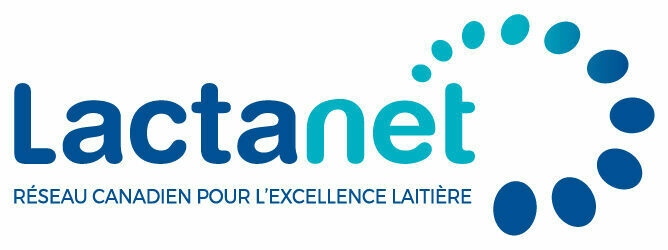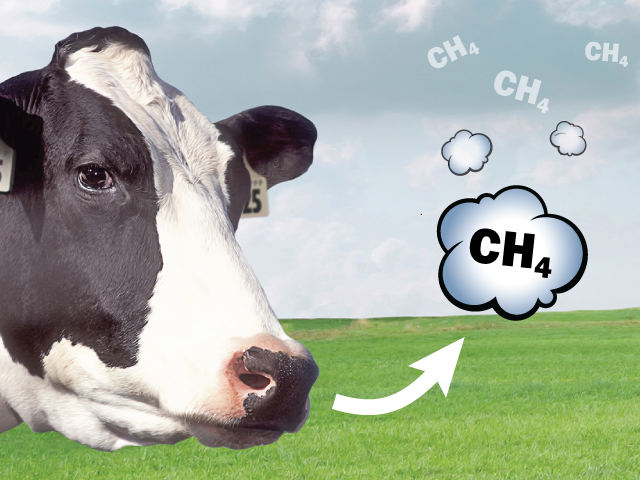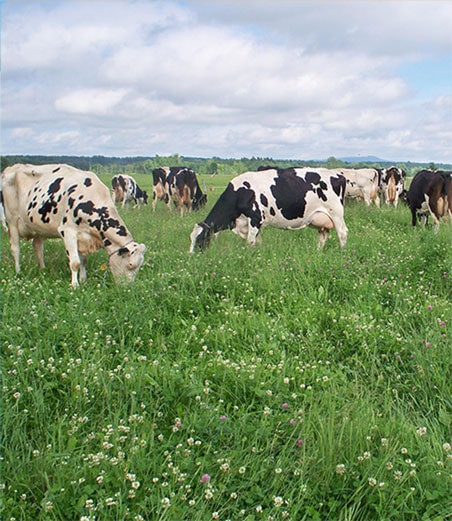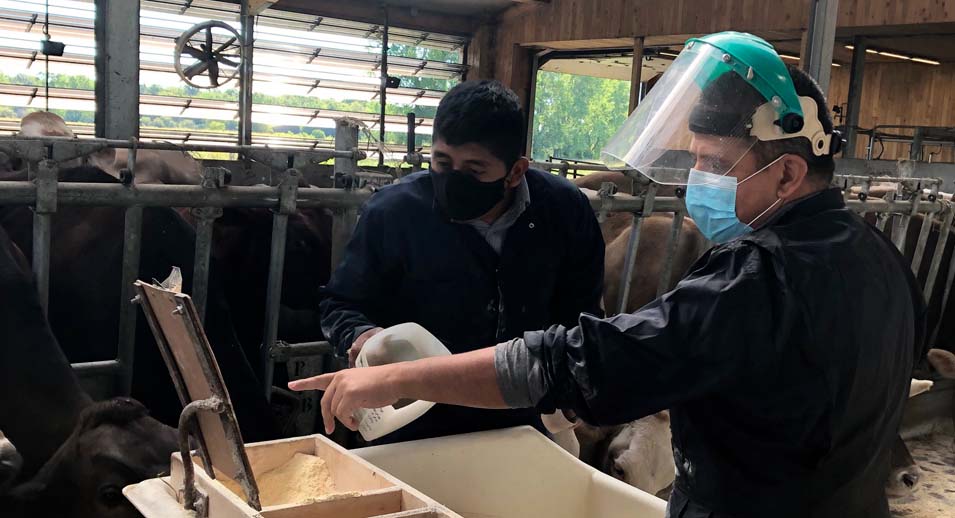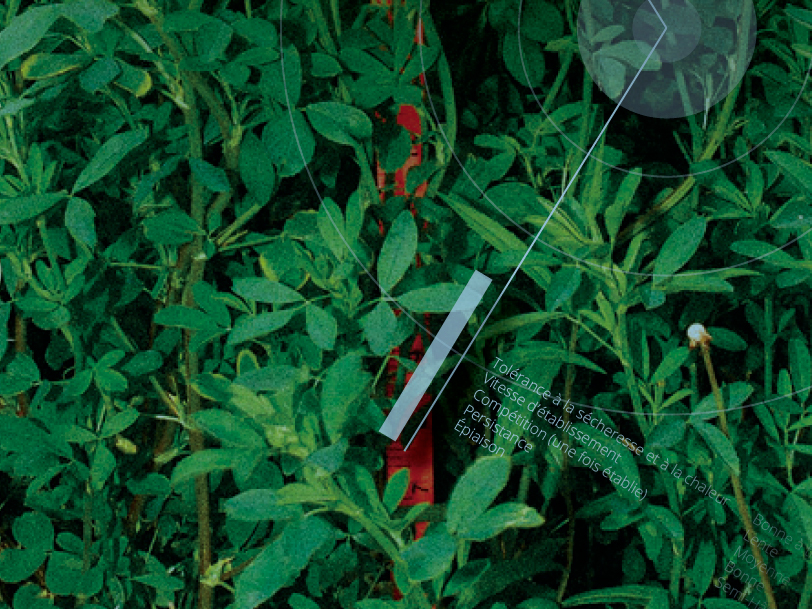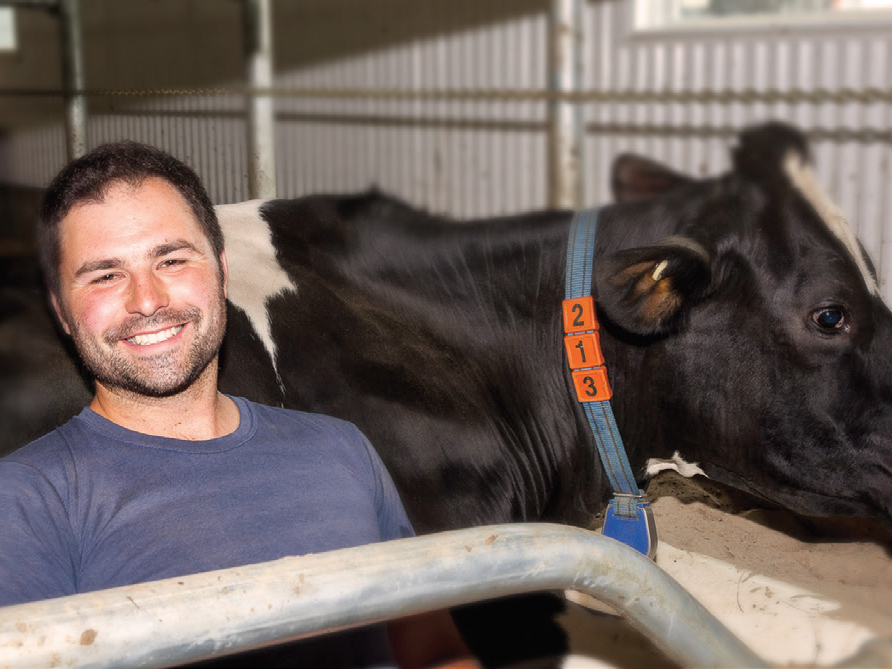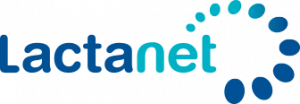Enteric methane estimation using bulk tank milk analysis: A research project.
- September 22, 2023
- Dairy research
Enteric methane emissions account for approximately half of the greenhouse gas (GHG) emissions of the carbon footprint of Canadian milk. This source of emissions is a priority in the context of the national commitment to reduce GHG and of the determination of the entire dairy industry to offer consumers “low carbon” milk.
Various practices and strategies exist to reduce the methane produced by digestion.1 These mainly involve changes in herd and feeding management, and the monitoring of their effectiveness in the field to validate the expected reduction targets.
Outside a well-controlled experimental environment, enteric methane cannot be measured daily for every animal, on every farm. It is always estimated based on models developed by scientists (equations specific to each animal category linking various parameters, especially feeding and productivity parameters). There are dozens of models, more or less advanced and representative of reality, all of which share the disadvantage of requiring data that is difficult to obtain. This often limits their application to average annual estimates of enteric methane emissions.
In light of these observations, Lactanet and PLQ (Les Producteurs de lait du Québec) decided to conduct a research project. It began in July 2023 and will be completed in 2027. The main objective is to estimate the enteric methane emitted by all the dairy cows in a herd using bulk tank milk analysis. Because the milk produced is collected and sampled every two days, we can take advantage of a well-established routine that provides a large amount of data essential to the project. During this project, the methane emitted will be estimated by analyzing the infrared reflectance (IR) spectrum of milk, which characterizes its composition (including its fatty acid profile), in addition to other relevant production variables also routinely collected (Figure 1).


The first phase of the project will be to develop the algorithm linking the enteric methane emitted by lactating cows to the IR spectrum of milk and other key production variables. To do so, an experimental protocol will be set up on 10 commercial farms in Quebec using robotic milking. The enteric methane belched out will be recorded during each cow’s milking using a sensor placed in the feeding bin for the duration of the project. Milking samples and bulk tank milk samples will also be analyzed in the laboratory (Figure 2).
In a second phase, the model developed will be validated on bulk tank milk from about fifty other commercial farms (without sensors). Exhaustive herd (inventory, parity, genotype), feeding and management data will be collected on these farms to check the model’s sensitivity to various parameters thought to influence methane emissions (i.e., reduction strategies). The farms will be selected among all Quebec farms on the basis of their model-estimated emission intensity (estimated CH4 emissions per kg of milk or per cow) to cover the full range of the model’s response spectrum and select groups of low-, medium- and high-intensity herds. In addition to helping validate the model’s sensitivity, the farms selected will be able to implement enteric methane reduction strategies over the final years of the project, the benefits of which will be monitored on a quasi-continuous basis thanks to the model.
The project will include other complementary activities, with the following objectives:
- Estimate the enteric methane output of other animals in the herd (heifers, calves and dry cows) using conventional prediction models, to complete the inventory of this GHG source.
- Estimate emission values for all the other sources of GHG emissions on the sixty or so dairy farms participating in the study from a life-cycle perspective. This will be done with a farm calculator, chosen based on a review of current tools that will calculate the milk carbon footprint on these farms.
- Identify and better understand the enteric methane reduction strategies implemented and assess their cost-benefit ratios.
- Contribute to the improvement of the Lactanet genetic index for methane efficiency and encourage the adoption of this genetic index by farmers who are interested.
- And finally, develop the IT infrastructure to make available the model’s estimates for the enteric methane emitted by lactating cows, through the bulk tank sample.
This project is conducted thanks to the financial support of the Government of Quebec.

